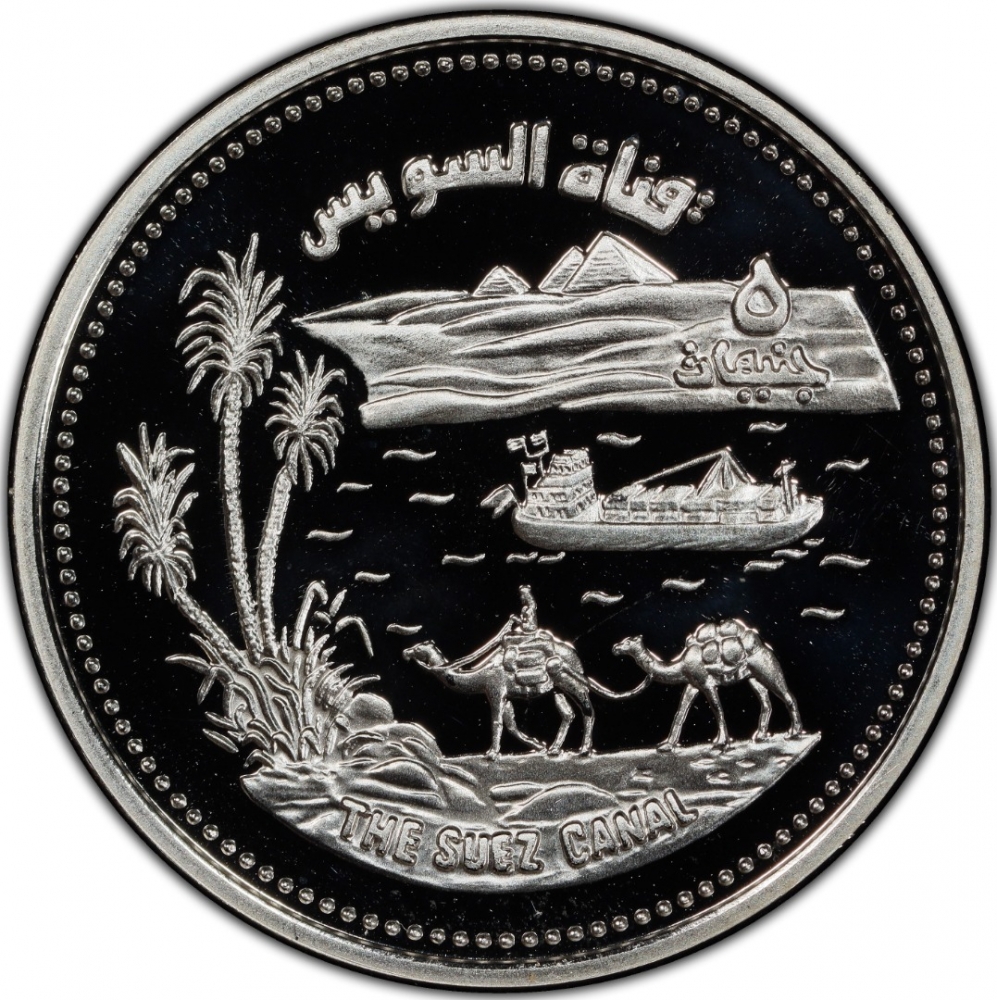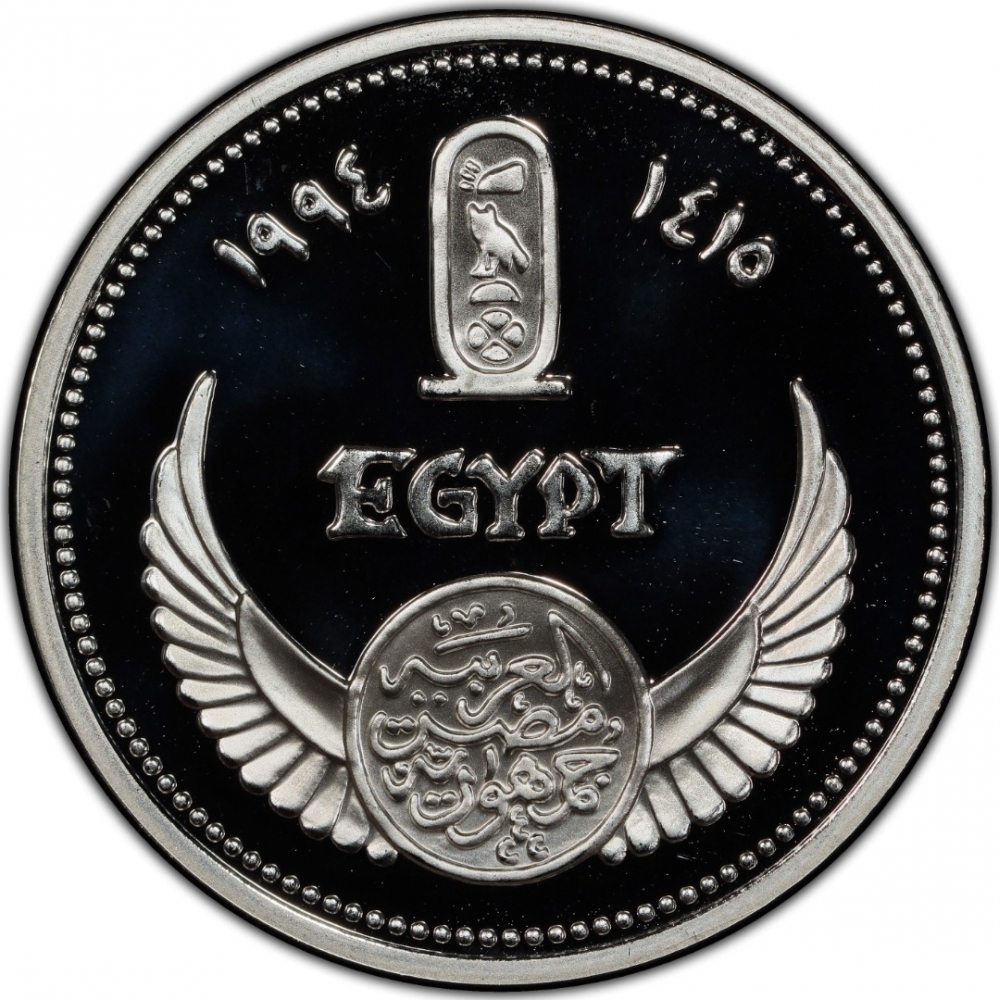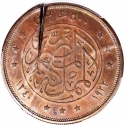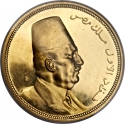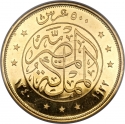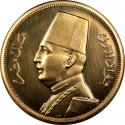You are about to finish your registration. Please check your mailbox (including spam folder). There should be a letter with a confirmation link. Check setting to make sure that your e-mail address is correct.
Send letter againDescription
The Suez Canal is an artificial sea-level waterway in Egypt, connecting the Mediterranean Sea to the Red Sea through the Isthmus of Suez and dividing Africa and Asia. The canal is a route of trade between Europe and Asia.
In 1858, Ferdinand de Lesseps formed the Suez Canal Company for the express purpose of building the canal. Construction of the canal lasted from 1859 to 1869. The canal officially opened on 17 November 1869. It offers vessels a direct route between the North Atlantic and northern Indian oceans via the Mediterranean Sea and the Red Sea, avoiding the South Atlantic and southern Indian oceans and reducing the journey distance from the Arabian Sea to London by approximately 8,900 kilometres (5,500 mi), or 10 days at 20 knots (37 km/h; 23 mph) to 8 days at 24 knots (44 km/h; 28 mph). The canal extends from the northern terminus of Port Said to the southern terminus of Port Tewfik at the city of Suez. Its length is 193.30 km (120.11 mi) including its northern and southern access-channels. In 2020, more than 18,500 vessels traversed the canal (an average of 51.5 per day).
Obverse

|
Depicts the Suez Canal scene, below the old rout of trade (camels in a desert with palm trees), new rout of trade (ship in Suez Canal) and above three Great Giza Pyramids, denomination next to them. Inscription "Suez Canal" above in Arabic and below in English. قناة السويس |
|---|---|
Reverse

|
Cartouche divides date in Arabic (Hijri) and (Georgian) above mirrored wings around the country name (Arab Republic of Egypt) and state name (Egypt) above wings. ١٤١٥ - ١٩٩٤ |
| Edge |
